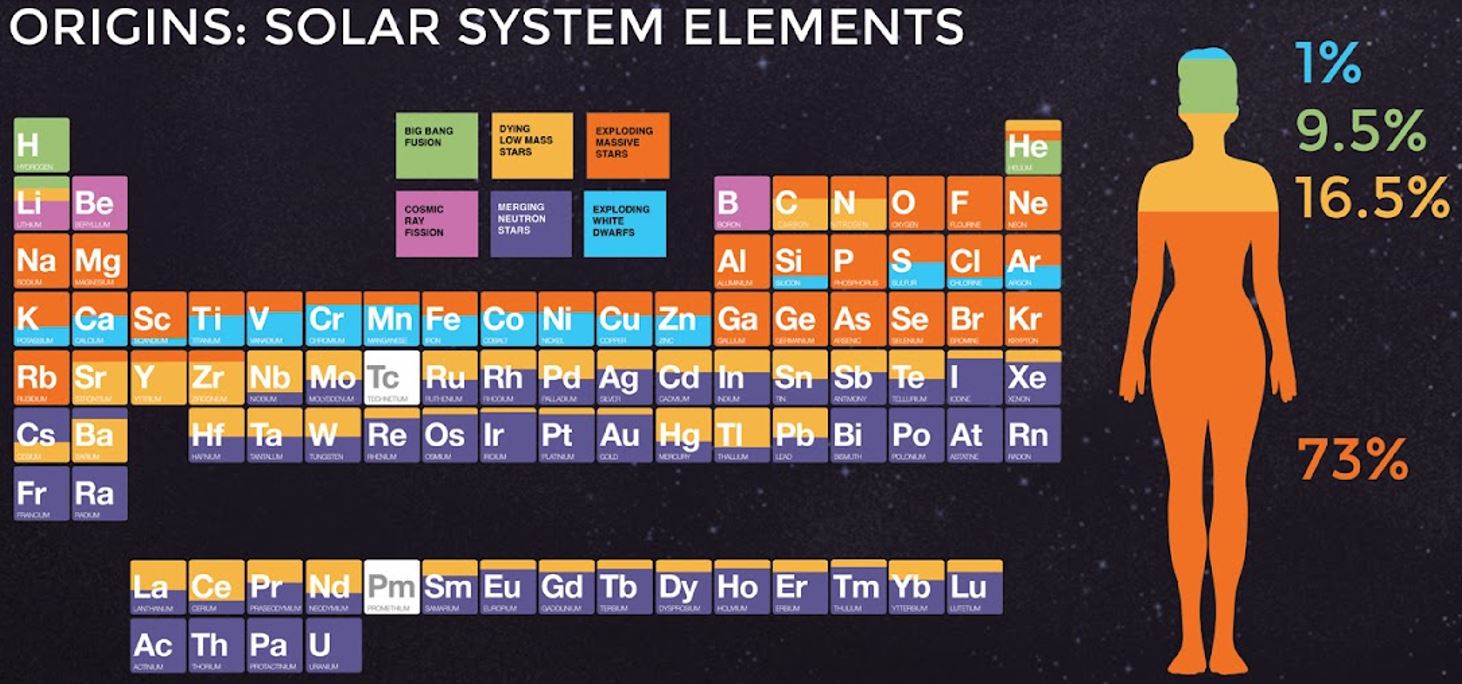Is Retirement History?

Associated Press reports that two Americans are somehow still receiving Civil War veterans’ benefits. Although I’m guessing that a good deal of the media coverage devoted to this discovery will deal with the long-term economic costs of war, I’m fascinated for another reason: the Union Army plan was the first major, federal-level pension program in the United States. Today, as we wonder whether we’ll be able to continue to afford Social Security and Medicare in the decades to come, it’s astounding to discover that the originalAmerican entitlement program is still alive, and still paying out.
For those of us not currently reaping Civil War benefits, a little background: the Union Army pension originally covered those injured in battle, and in the late 1800s the program expanded to include veterans who became disabled off the battlefield as well. “Disability” was defined to include old age, and eventually veterans as young as 62, as well as their widows and children, could claim payments. Importantly, in the case of the two remaining pension recipients, children with disabilities would remain on the pension rolls even after they became adults. By 1900, the Union Army pension was the most widespread form of assistance to older adults in the United States, paying out to a quarter of the population 65 and over and accounting for almost 30 percent of the federal budget.
Even more interestingly, the pension provided a natural economic experiment: only some adults received payments, and their behavior could be compared with those, such as Confederate soldiers, who didn’t. My former MIT colleague Dora L. Costa (now at UCLA), after accounting for such variables as the health of the retiree, discovered that as of 1900, workers were vastly more likely to retire if they had the extra income boost of a Union pension. (More about this study, as well as most of the other Civil War-related information I’ve cited here, can be found in Costa’s incredibly detailed and exceptional book The Evolution of Retirement.)
The idea that people would retire if they could afford it may not seem extraordinary now, but in the years leading up to 1900, our modern concept of retirement wasn’t fully formed. Many delayed this step for as long as possible, in part because they would have no choice but to move in with their kids or extended family once their cash flow dried up. But around the turn of the century, retirement began to change. In addition to the Union Army pension, private pensions became increasingly common. More and more retirees were able to afford to live apart from their kids. Leisure started to become cheaper. And, in ever-increasing numbers, people retired who didn’t need to, in the sense that they were physically capable of work. Eventually, the idea that a “worker, after years of productive effort, has earned the right to rest” – even if that worker didn’t physically need it – would help inform the first iteration of Social Security, and, in turn, our current conception of retirement.
Today, little is known about the two remaining recipients of Union Army pensions, except that they live in North Carolina and Tennessee, and they’re almost certainly children of women who married Civil War veterans much older than them in the 1920s or ‘30s. Today, they each draw 876 dollars per year from federal coffers. It’s a price I’m happy we’re paying, if only to serve as a reminder that the way we live our lives is more malleable than we think. Whether we expect to go to high school, college, retire, or do anything else because we see our peers doing it, it’s always a good idea to stop and ask ourselves why. In the case of retirement, it’s eye-opening to discover that our current narrative is tied to a war that concluded 148 years ago.
As with many concepts that we now take for granted as a reality seemingly dictated by the laws of physics, the idea of retirement is a social construction that is subject to change. A combination of factors now challenge today’s notion of retirement. The changing nature of work, economic necessity, smaller and fragmented families, the capacity of public and private pension providers to ensure income that enables 20-plus years of not working for income as well as the desire of many retirement age people to continue working are eroding our expectations of what retirement is and should be. Sometimes big change happens slowly and is barely perceptible at any one moment. Retirement, as we know it today, is history. A new story is emerging – a narrative that will change how we individually plan and behave as well as the government and business institutions that are built to support the retirement we once knew.
MIT AgeLab’s Luke Yoquinto contributed to this article.
Photo from Shutterstock





